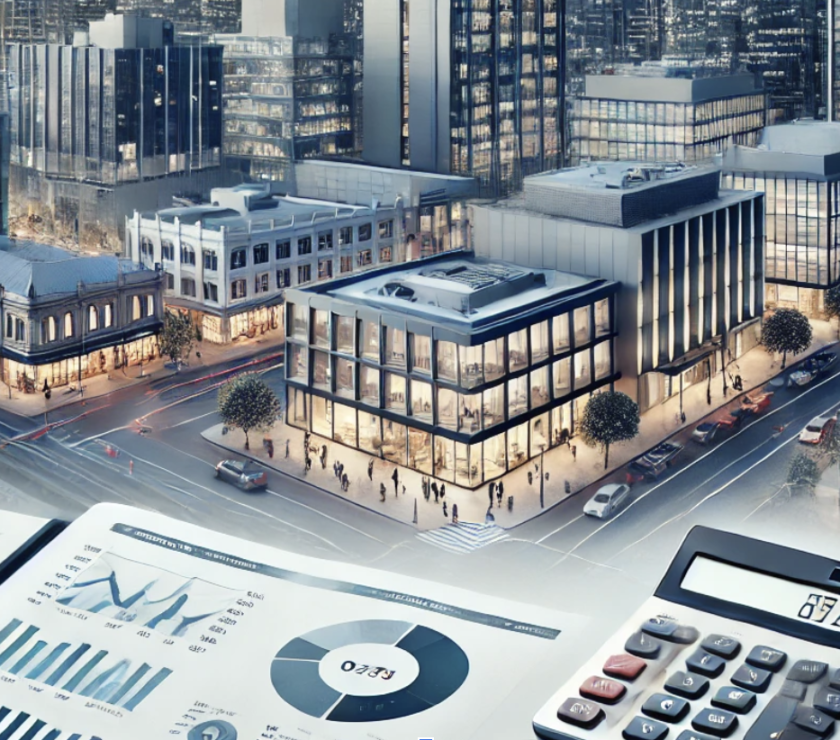A fit-out contribution is a financial arrangement in which the landlord provides funds or incentives to help a tenant cover the cost of customizing a commercial space for their business needs. This contribution is commonly negotiated as part of the lease agreement and can include direct payments or rent reductions.
How Can Landlords Claim Depreciation on Fit-Out Contributions?
If the landlord pays for the fit-out, they retain ownership of the assets and can claim depreciation as follows:
- Division 43 (Structural Improvements):
- The landlord can claim deductions on structural components, such as walls, ceilings, and permanent flooring, over a 40-year period.
- Division 40 (Plant and Equipment):
- Depreciation can be claimed on installed assets like HVAC systems, lighting, or furnishings based on their effective life.
By funding the fit-out, landlords not only attract quality tenants but also secure significant depreciation benefits to offset rental income.
How Can Tenants Claim Depreciation on Fit-Outs They Pay For?
If the tenant pays for the fit-out, they are entitled to claim depreciation on the assets they own. This includes:
- Division 43 (Structural Works):
- Tenants can claim depreciation on structural elements they fund, such as partition walls, fixed joinery, or mezzanines.
- Division 40 (Plant and Equipment):
- Depreciation can also be claimed for assets like desks, specialised lighting, office furniture, and IT equipment.
By claiming these deductions, tenants can reduce their taxable income, improving their overall financial position.
Key Takeaway
- Landlords can claim depreciation on fit-out costs they contribute to, as they retain ownership of the assets.
- Tenants can claim depreciation on assets they pay for, allowing them to offset the investment through reduced taxes.
For both parties, engaging a professional quantity surveyor ensures accurate depreciation schedules and maximized claims.





